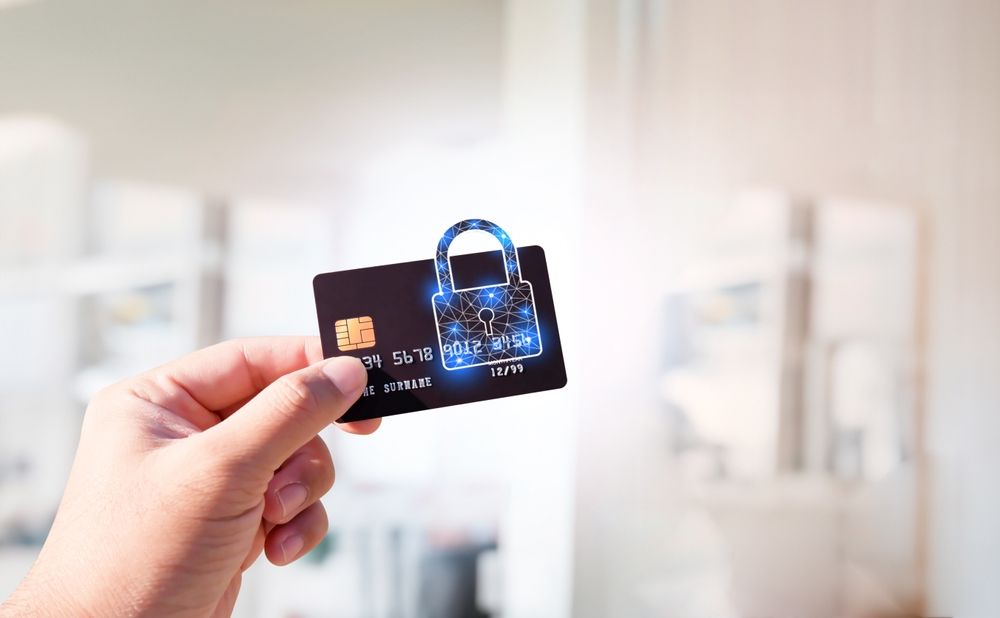
In today’s digital era, the convenience of online transactions comes with an increased risk of financial fraud and theft. As consumers and businesses engage in an ever-growing number of electronic transactions, the need for robust security measures becomes paramount. Understanding common threats, implementing secure card handling practices, utilizing secure payment methods, regularly monitoring transactions, securing personal information, and enabling additional security features are all critical steps in safeguarding financial data. This comprehensive guide aims to provide an in-depth look at these aspects to ensure the protection of one’s financial assets in the digital space.
Understanding Common Threats
The first step in protecting financial transactions is to understand the common threats that exist. Cybercriminals employ a variety of methods to steal sensitive information, such as phishing attacks, where they trick individuals into revealing personal data; skimming devices, which capture card information at points of sale; and malware, which can be installed on devices to log keystrokes and steal data.
Another prevalent threat is identity theft, where criminals use personal information to impersonate individuals and gain access to their financial accounts. Advanced Persistent Threats (APTs) are also a concern, as they involve prolonged and targeted cyberattacks to breach systems and acquire sensitive data.
Secure Card Handling Practices
Secure card handling is essential to prevent unauthorized access to financial information. Individuals should always keep their cards in a secure location and be vigilant when using them in public spaces. It is advisable never to share card details over the phone or through email, as these communication channels may not be secure.
Businesses, on the other hand, should ensure they comply with the Payment Card Industry Data Security Standard (PCI DSS). This set of guidelines is designed to secure credit and debit card transactions against data theft and fraud. Adhering to these standards involves securing the network, protecting cardholder data, maintaining a vulnerability management program, implementing strong access control measures, regularly monitoring and testing networks, and maintaining an information security policy.
Utilizing Secure Payment Methods
One of the best ways to protect financial transactions is to utilize secure payment methods. Credit cards often come with built-in fraud protection, which can limit the liability of the cardholder in the event of unauthorized transactions. Similarly, payment platforms like PayPal offer security features that safeguard transactions and personal data.
For online purchases, using a virtual credit card can provide an additional layer of security. These cards generate a temporary card number for each transaction, making it difficult for cybercriminals to use the information for fraudulent purposes. Additionally, services like Apple Pay and Google Wallet use tokenization and biometric identification, which further secure transactions.
Regularly Monitoring Transactions
Regular monitoring of financial statements and accounts is vital in detecting and responding to unauthorized transactions promptly. Individuals should review their credit card and bank statements regularly to ensure all transactions are legitimate. Setting up alerts for transactions can also help in quick detection of any suspicious activity.
Online banking and mobile apps have made it easier than ever to keep an eye on accounts in real-time. If any irregularities are found, it’s important to contact the financial institution immediately to dispute the charges and secure the account.
Securing Personal Information
Securing personal information is a fundamental aspect of protecting financial transactions. This involves being cautious about the amount and type of information shared online. Social media, for instance, can be a goldmine for identity thieves, so it’s important to adjust privacy settings and be mindful of what is shared publicly.
Protecting personal information also means using strong, unique passwords for each online account and changing them regularly. Multi-factor authentication adds an extra layer of security by requiring additional verification beyond just a password, such as a fingerprint or a code sent to a mobile phone.
Enabling Additional Security Features
Beyond the basics, enabling additional security features can provide even greater protection for financial transactions. For example, some credit card companies offer one-time use passwords or PINs for online transactions. Banks may offer out-of-band authentication, which requires verification through a separate communication channel.
Biometric security features like fingerprint and facial recognition are becoming more common and offer a high level of security due to their uniqueness. Encryption is another powerful tool, as it scrambles data making it unreadable to anyone without the proper key to decrypt the information.
As the world increasingly moves towards digital financial transactions, the importance of maintaining robust security measures cannot be overstated. By understanding common threats, practicing secure card handling, utilizing secure payment methods, regularly monitoring transactions, securing personal information, and enabling additional security features, individuals and businesses can significantly reduce the risk of financial fraud and identity theft.
The strategies outlined in this guide are by no means exhaustive, but they provide a solid foundation for anyone looking to protect their financial transactions. The key is to stay informed, remain vigilant, and continuously adapt to the evolving landscape of cyber threats. With the right approach and tools, it is possible to enjoy the convenience of digital transactions without compromising security.
